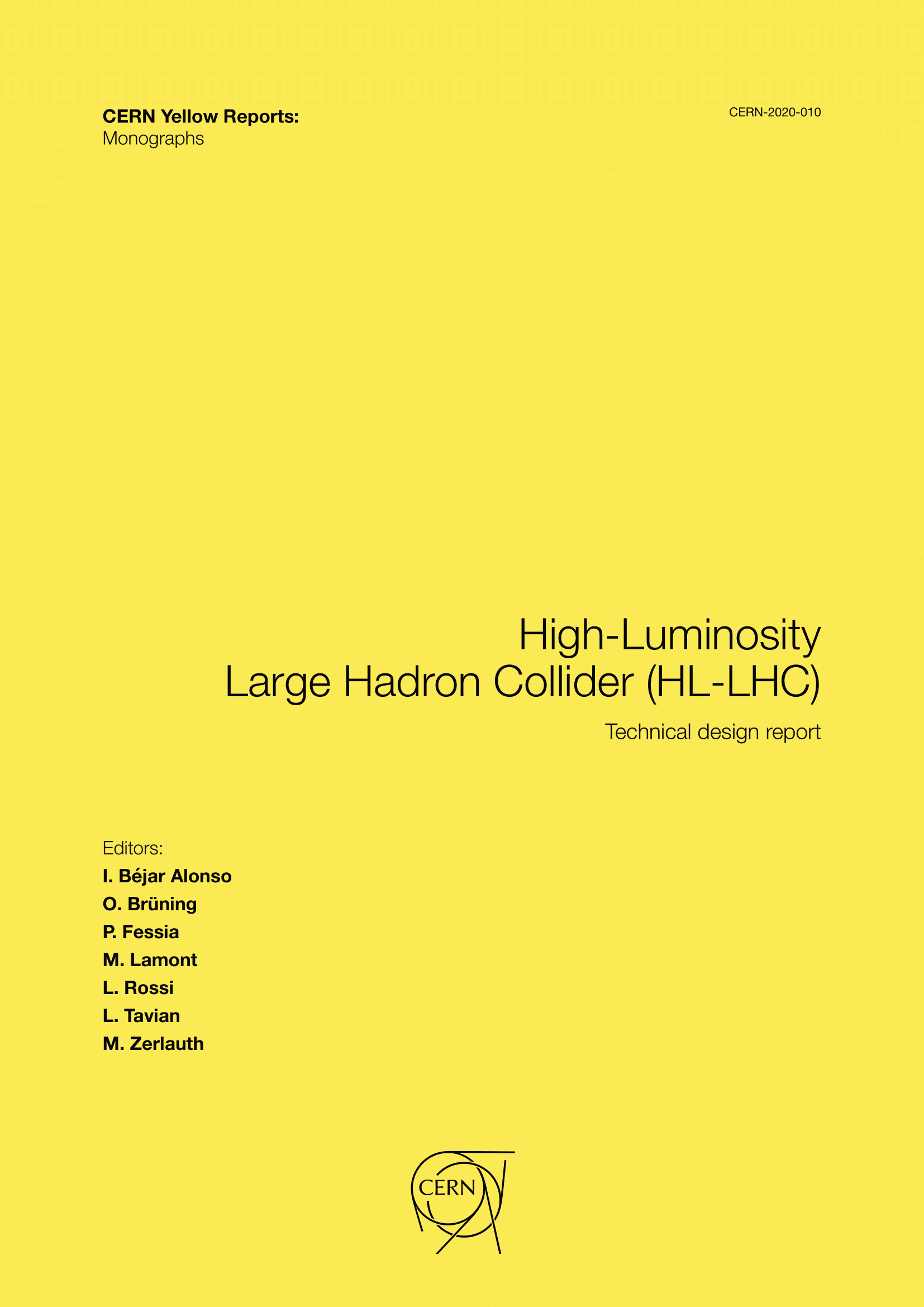Chapter 6B: Warm powering of the superconducting circuits
DOI:
https://doi.org/10.23731/CYRM-2020-0010.139Abstract
The warm powering of the HL-LHC involves the new circuits of the Inner Triplets and the Separation/Recombination magnets in Point 1 and Point 5, the powering of the 11 T magnets in Point 7, and the final R2E consolidation phase in LS3. The LHC was built with modular power converters to facilitate maintenance and integrate the redundancy principle. Redundancy was foreseen in power converters rated above 600 A. This has proven to be a real asset during operation. The n + 1 redundancy indeed allows the converter to be operated even with one module in fault. The advantages are: (i) in case of fault, only one sub- converter is not operational and usually this does not generate a beam dump; (ii) the LHC can run with some faulty sub-converters and all interventions for repairing can be performed during a technical stop of the machine. With the exception of dipole circuits (whose power converters are based on thyristors technology), switch-mode technology was chosen for the LHC power converters in order to minimize their size and assure low output voltage ripple. All LHC power converters rated at currents above 120 A are water-cooled, inducing a size reduction of the hardware. All these design principles will be maintained for the new HL-LHC power converters and the use of switch-mode technology extended to all new designs.
Downloads
Published
Issue
Section
License
Copyright (c) 2020 CERN

This work is licensed under a Creative Commons Attribution 4.0 International License.
Authors who publish with this publication agree to the following terms:
- CERN retains copyright and publishes the work licensed under the Creative Commons Attribution License 4.0 that allows others to share the work with an acknowledgement of the work's authorship and initial publication in this series.
- Authors are able to enter into separate, additional contractual arrangements for distribution of the published version of the work (e.g., post it to an institutional repository or publish it in a book), with an acknowledgement of its initial publication in this series.
- Authors are permitted and encouraged to post their work online (e.g., in institutional repositories or on their website) prior to and during the submission process, as it can lead to productive exchanges, as well as earlier and greater citation of published work (See The Effect of Open Access).

